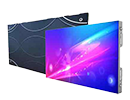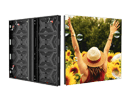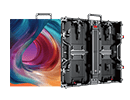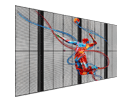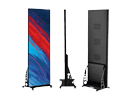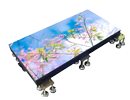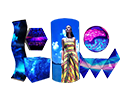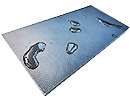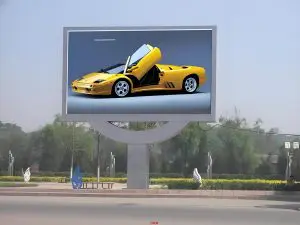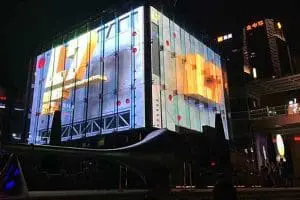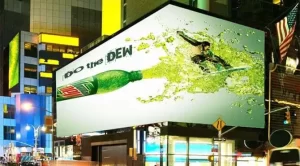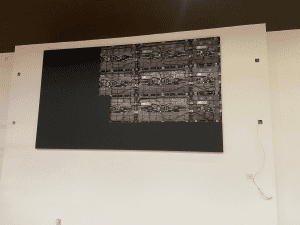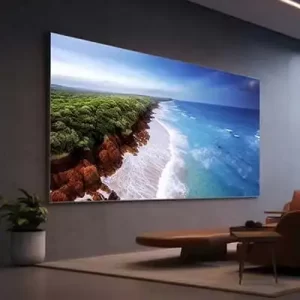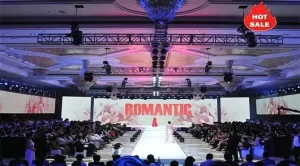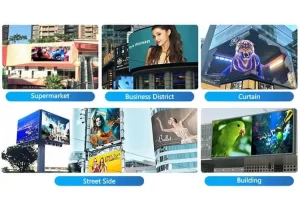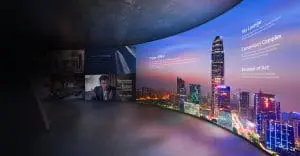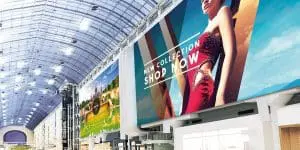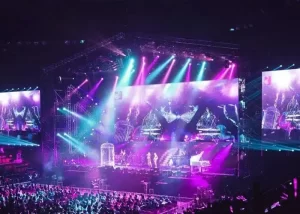Choosing the right LED screen might seem simple at first—until you realize how many different types, specs, and features are available. Whether you’re setting up a retail display, organizing an event,or upgrading your business signage, the right LED screen can make a powerful impact. But how do you know which one fits your needs best?
Let’s break it down.
Uses of LED screens
Before diving into specs, think about what you actually need the screen for. Is it for indoor or outdoor use? Will it be viewed from a distance or up close? Is it going to display dynamic video content or just static images?
For example, a retail store may want a fine-pitch indoor LED screen that delivers vibrant color and detail at close range. On the other hand, a large-scale concert will require a high-brightness, weatherproof screen with wide viewing angles.
Consider Pixel Pitch
Pixel pitch is one of the most important factors when choosing an LED display. It refers to the distance between the centers of two pixels. The smaller the pixel pitch, the higher the resolution and the closer people can stand to the screen without noticing individual pixels.
- Indoor screens usually benefit from smaller pixel pitches—like 1.5mm to 3mm.
- Outdoor screens can have larger pitches—like 4mm to 10mm—because viewers are typically farther away.
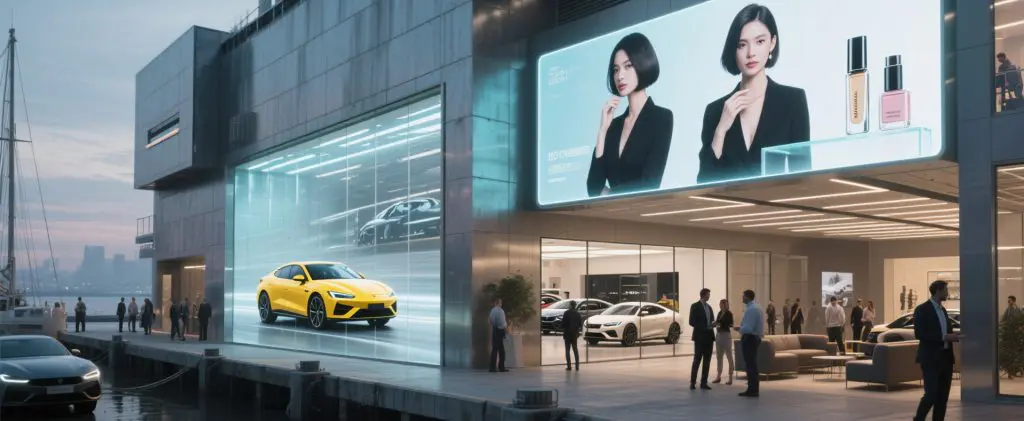
Indoor vs. Outdoor Screens
Outdoor LED screens need to handle more than just visuals—they have to withstand weather, sunlight, and temperature changes. These displays are designed with high brightness (sometimes over 5,000 nits) and waterproof cabinets.
Indoor displays, meanwhile, can focus more on resolution and color accuracy. They often come with sleeker designs, easier maintenance access, and lower brightness, which makes them ideal for controlled lighting environments like conference halls or shopping centers.
LED Screen Comparison Table
Here’s a quick overview of key specifications to help you compare:
| Feature | Indoor LED Screen | Outdoor LED Screen |
| Pixel Pitch | 1.2mm – 3mm | 4mm – 10mm |
| Brightness | 800 – 1500 nits | 4000 – 7000+ nits |
| Weather Resistance | Not required | IP65 or higher |
| Typical Use Case | Retail, conferences, control rooms | Billboards, concerts, sports arenas |
| Viewing Distance | Close (1–5 meters) | Medium to far (5–30+ meters) |
| Installation | Lightweight, front access available | Heavier, rugged, rear access often |
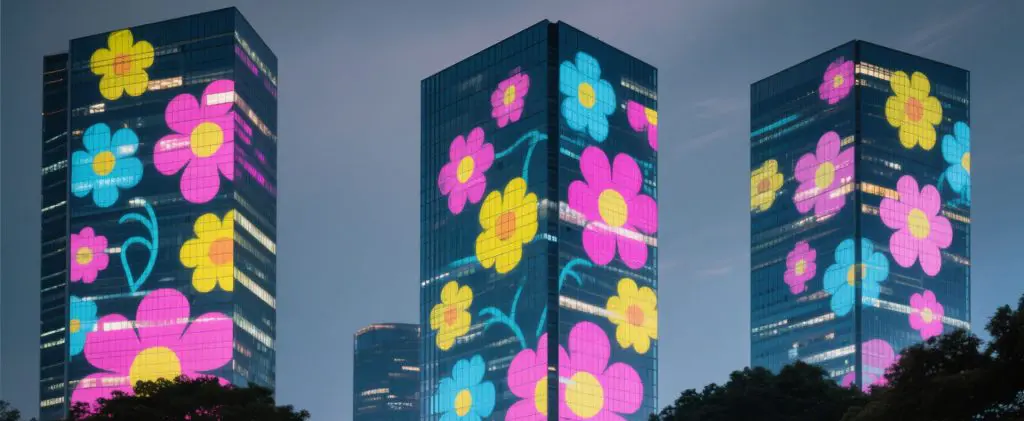
Screen Size and Aspect Ratio
The screen’s size should match both the environment and the content. Too small, and it won’t grab attention; too big, and it could overwhelm the space or blow the budget.
Also, pay attention to the aspect ratio. Standard formats like 16:9 or 4:3 are common, but LED screens offer the flexibility to customize sizing and shape. That means you can design to fit architectural elements or creative concepts—think curved screens, columns, or even 360-degree circular displays.
Brightness and Contrast
Brightness is especially crucial for outdoor and daylight use. However, higher brightness isn’t always better. For indoor environments, lower brightness can still offer excellent visibility while reducing eye fatigue.
Contrast ratio—the difference between the darkest blacks and the brightest whites—also plays a big role in visual clarity. A good contrast ratio ensures your visuals pop, even in well-lit areas.
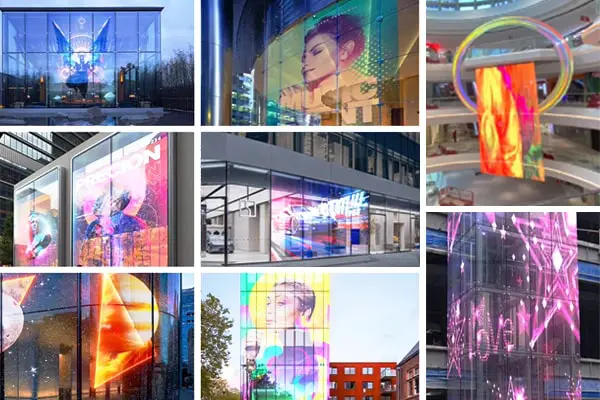
Viewing Angle and Distance
In public venues or lobbies where viewers approach from multiple directions, a wide viewing angle ensures consistent image quality. High-end LED panels use special technology to maintain color and brightness across wider angles.
You’ll also want to match your screen to the typical viewing distance. For example:
- 1.9mm pixel pitch is best for 2–3 meters
- 2.5mm for 3–4 meters
- 4mm for 5–6 meters
Maintenance and Installation
Look for modular designs that make maintenance easier. Front or rear service access can significantly affect installation depending on where the screen is placed. If it’s against a wall, front service might be necessary.
Also, consider long-term durability. A quality LED display should last at least 100,000 hours, so investing in a trusted brand can save money in the long run.
Don’t Forget the Controller System
The controller acts as the brain of your LED screen. A good controller ensures smooth playback, stable operation, and color consistency. Some controllers also allow remote management and diagnostics, which is especially helpful for large networks of screens.
Choosing the right LED screen isn’t just about specs—it’s about matching the right technology to your specific needs and environment. Think practically: What’s the purpose, where will it go, and who will be looking at it?
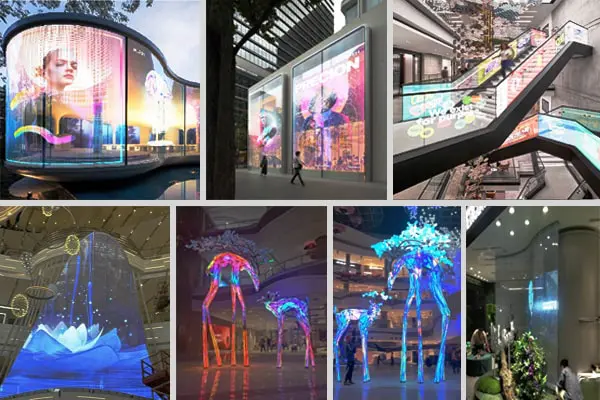
Common Questions & Answers
Q1: Can I use an indoor LED screen outdoors if it’s under a roof?
A: Not recommended. Even under a roof, outdoor environments expose screens to humidity and temperature changes that indoor screens aren’t designed to handle.
Q2: What’s more important—resolution or brightness?
A: It depends on the environment. For outdoor screens, brightness is key to fight sunlight. For indoor screens viewed up close, resolution (pixel pitch) is more important.
Q3: How long do LED screens usually last?
A: A quality LED screen can last 80,000 to 100,000 hours—that’s over 9 years of continuous use. Be sure to check for warranty and after-sales support.
Q4: What if I need a curved or custom-shaped screen
A: No problem. Many manufacturers now offer flexible or modular panels that can form curves, columns, or even wraparound shapes to fit creative designs.
If you’re still unsure, working with an experienced supplier can help you make the right call. They can guide you through everything from design and layout to delivery and setup, ensuring that your LED screen not only looks great but also works reliably day after day.
The right display can do more than just show content—it can transform spaces, attract attention, and deliver a message with clarity and impact.

